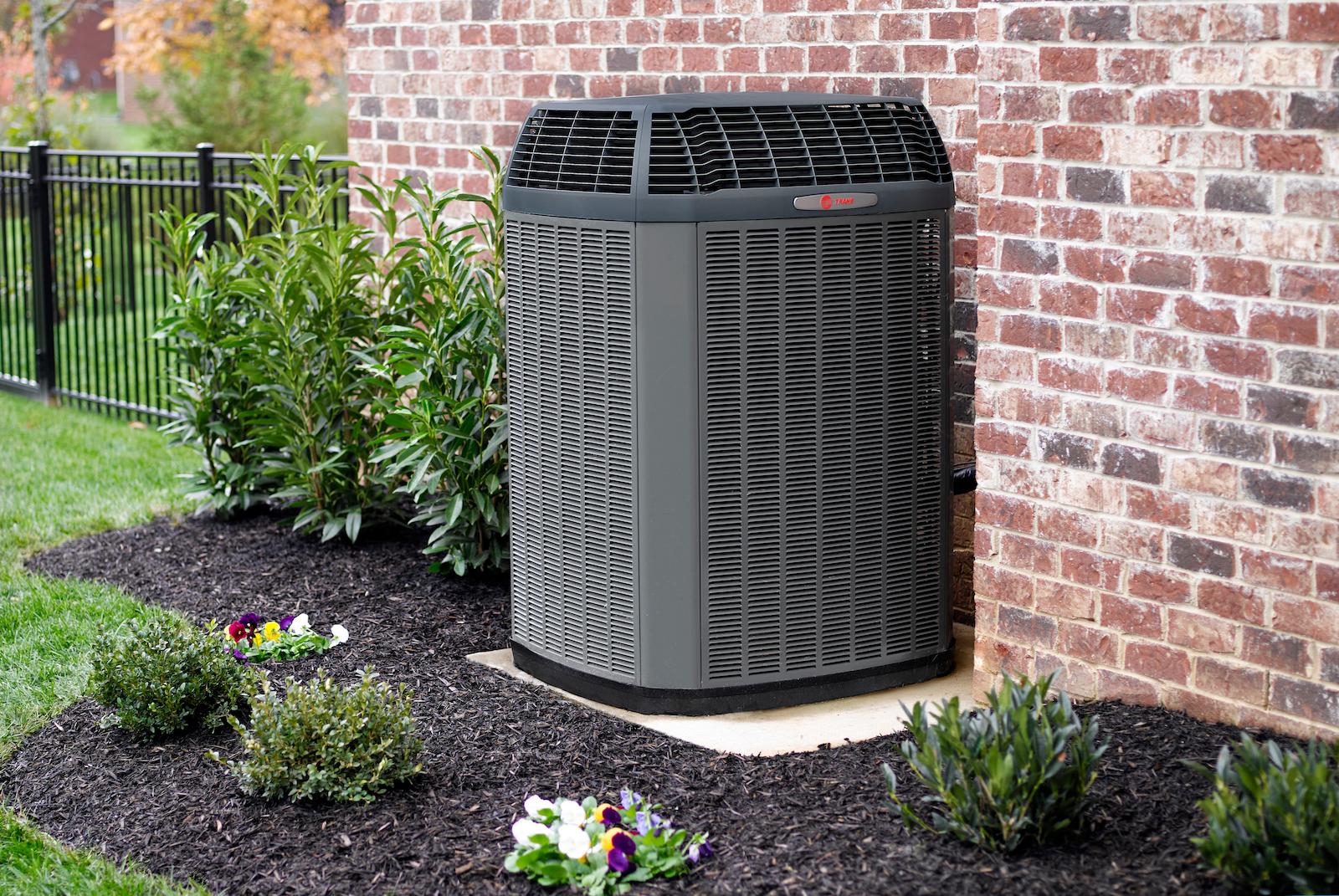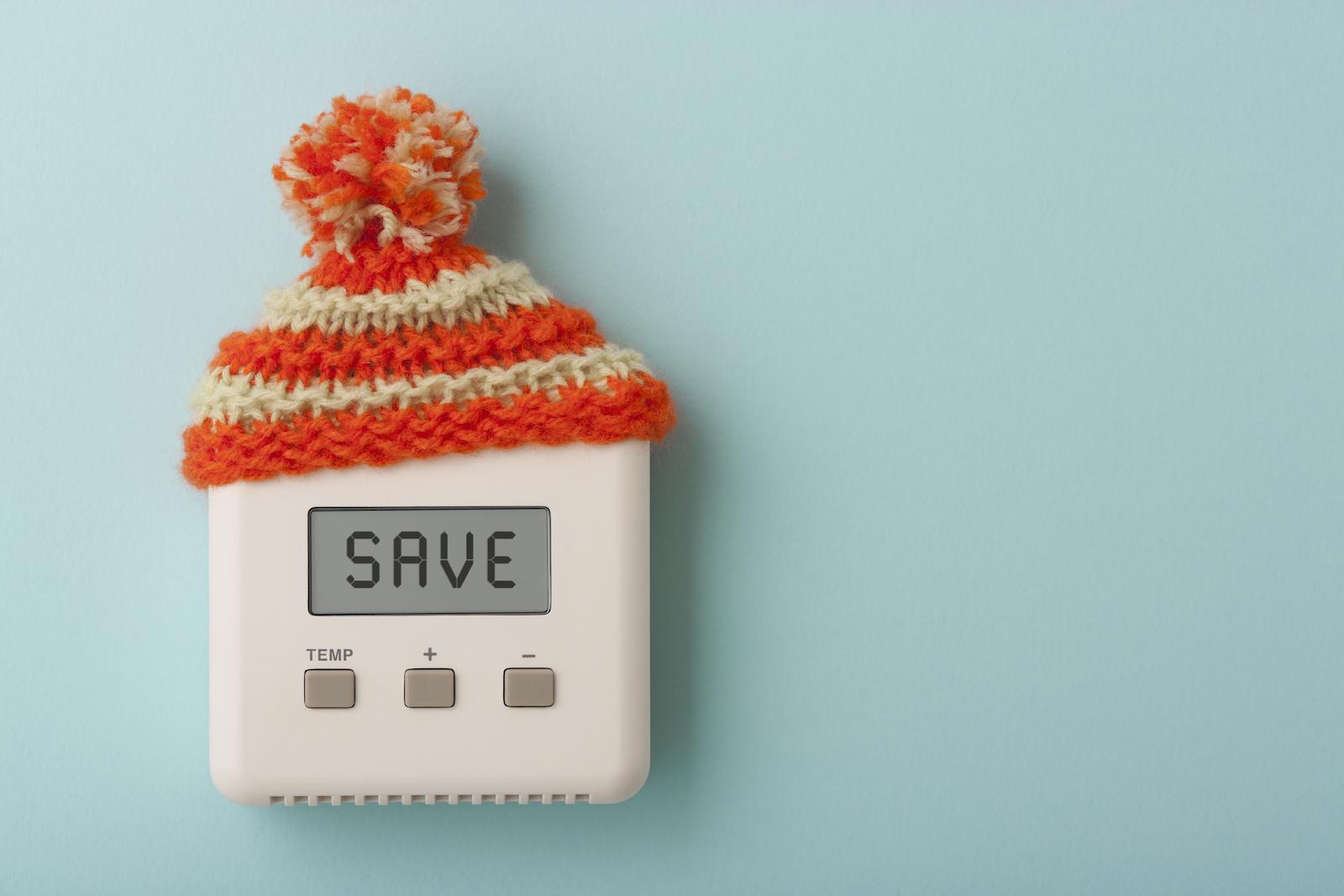The Inflation Reduction Act’s Energy Efficient Home Improvement Tax Credit (25C) is Making HVAC More Affordable
The inflation Reduction Act (IRA) includes tax credits that reward homeowners for purchasing qualifying high-efficiency HVAC systems, including furnaces, ACs, heat pumps, fans, and more.
If you’re planning home improvements that will boost the energy efficiency of your house, the Inflation Reduction Act could save you money on your projects. Thanks to Uncle Sam, the Act, which aims to curb inflation, includes extended and expanded tax credits for energy-efficient home improvements, giving ordinary Americans incentives to go green — and save money in the process.
While there are several tax credits and rebates designed to lower carbon emissions in the home, the renewed Energy Efficient Home Improvement Tax Credit (25C) may be the most relevant. This updated version of the Nonbusiness Energy Property Credit greatly increases the tax credit limit for installing specific high-efficiency equipment, such as heat pumps, central air conditioning systems, and furnaces through 12/31/2032. This means homeowners can get a tax break on energy-efficient HVAC upgrades, while helping to contribute to a cleaner environment.
Keep reading to learn more about the IRA, this exciting initiative, and how many of Trane’s energy-efficient residential heating and cooling systems are eligible for savings under this updated tax credit program.
What is the Inflation Reduction Act?
The Inflation Reduction Act (IRA) is a large bill that is designed to limit inflation by reducing the deficit and addressing some of the most significant issues the United States is facing in climate control and health care. Signed into law in August 2022, the $740 billion climate and health care legislation addresses a wide range of issues, from the high cost of prescription drugs to energy efficiencies and electric vehicles. The bill includes clean energy tax credits and other relevant tax incentives that homeowners can benefit from when they make green upgrades.
How does the IRA and its rebates and tax credits open doors for homeowners?
One of the bill’s primary objectives is to address climate change and ultimately to slow down global warming. Focusing largely on encouraging businesses to become more eco-friendly and start taking clean energy production seriously, there are benefits for individual Americans in the bill as well. The IRA can help homeowners reduce their tax bill through rebates and tax credits for energy-efficient windows, doors, water heaters, furnaces, and heating and cooling systems.
Energy Efficient Home Improvement Tax Credit (25C)
One of the most important aspects of the IRA for homeowners is the Energy Efficient Home Improvement Tax Credit. Previously known as the Nonbusiness Energy Property Credit, this tax credit is new and improved through the IRA and provides opportunities to save on your energy-efficient upgrades.
Starting in 2023, the tax credit provides homeowners up to 30% of the installation costs for qualified expenditures. This tax credit program lasts until December 31, 2032. The 25C credit has an annual cap of 30% of the installed costs, with a maximum of $1,200. Qualified air conditioners or furnaces may receive up to $600 each. There is also a separate annual limit of $2,000 for qualified heat pumps, which means a homeowner could claim up to $3,200 in credits annually.
Note: The process described above is for the filing process for equipment installed prior to December 31st 2022. The IRS has not yet defined the process for 2023. Check back for updates.
Additionally, there are no income requirements for this tax credit and starting in 2023, 25C is no longer a ‘one time’ credit, but an annual one.
What if homeowners had eligible equipment installed in 2022?
Homeowners who had eligible HVAC equipment installed on or after January 1, 2022, may be eligible for retroactive tax credits under this program. The 2022 tax credit is not as robust, but will credit 10 percent of the costs of installing qualified equipment and 100 percent of the costs associated with installing qualified water heaters, heat pumps, central air conditioning systems, furnaces, hot water boilers and air circulating fans.
With this tax credit, there is a lifetime limit of $500 or $300 for certain water heaters, heat pumps, and air conditioning systems for systems purchased in 2022.
How does the Home Improvement Tax Credit (25C) help the environment?
The Home Improvement Tax Credit (25C) is designed to accelerate the adoption of high efficiency HVAC systems by homeowners. Higher efficiency HVAC systems consume less power and help lower monthly utility bills for homeowners.
Homeowners can also choose to reduce fossil fuel usage of their HVAC system by upgrading to a hybrid heat system which combines a furnace and a heat pump (such systems could qualify for more than $2,000 in tax credits), or to eliminate fossil fuel usage entirely by going with an all-electric heat pump and air handler system. This movement towards using electricity as a primary energy source has the potential to significantly reduce carbon dioxide emissions and mitigate the devastating impacts of climate change. The Home Improvement Tax Credit (25C) rewards homeowners for switching to these more environmentally-friendly HVAC options.
Learn what equipment qualifies on our rebates and tax credits page and reference additional 2023 25C Tax Credit product information below.
Your Local Trane Dealer Can Help
With the latest tax credits and rebates unlocking savings for homeowners, there’s no better time to explore energy-efficient upgrades for your home. Trane offers several products that qualify for the 25C tax credit. For more information on cost and energy savings, including how to take advantage of the latest rebates, visit Trane’s credits, rebates, and offers page and contact a tax professional to confirm tax eligibility.
Trane is dedicated to making smarter choices for our environment every day, which is why we offer eco-friendly, electric, and hybrid home comfort solutions. Learn more about the world’s electrification trend and Trane’s efforts toward helping the environment.





